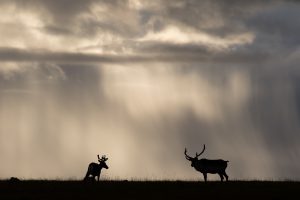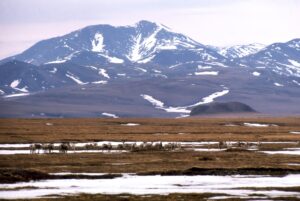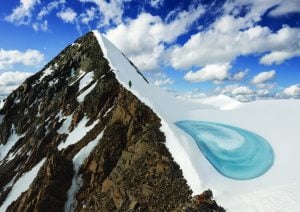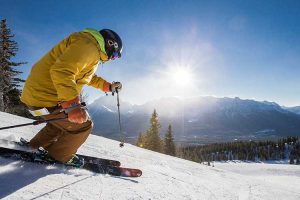“Without any physical changes to the landscape, just our presence can affect how wildlife use space in the natural environment.”
That’s the conclusion of Ryan Gill, biologist at the University of British Columbia’s Okanagan campus, after leading a study on a pause in B.C. heli-skiing operations during the first year of the COVID-19 pandemic that saw some endangered caribou populations more than double their home-ranges.
Published in the journal Animal Conservation, the study focused on southern mountain caribou. In Canada they were once so numerous that an entire region of B.C. was named after them. But continued logging of their forest habitat, which they depend on for their main winter food source, tree lichen, means southern mountain caribou now number only 3,800 animals, scattered across B.C. and Alberta. These days, few people who live in the Cariboo have ever seen one.
Forced to adapt, the caribou now migrate with the seasons from low- to high-elevation old growth forests. However, this winter range today overlaps with heli-skiing operations. This area of human disturbance stretches over 40,000 square kilometers.
When Canada closed its borders in 2020 in response to COVID-19, an 84 per cent decline in skier days across B.C. gave Gill and his colleagues their chance to measure the impact of this disturbance. They fitted 120 female caribou with tracking collars and released them back into three sub-populations across B.C. During this time, the scientists saw the mean home-range of the three caribou groups grow 80 to 120 per cent larger than in years when ski operations were as normal. Their movement also shot up, climbing to 11.9 square kilometres from 7.8 square kilometres in 2019 (pre ski pause) and 8.7 square kilometres in 2021 (post ski pause). “It’s been shocking,” says Gill.
Metal for orcas









